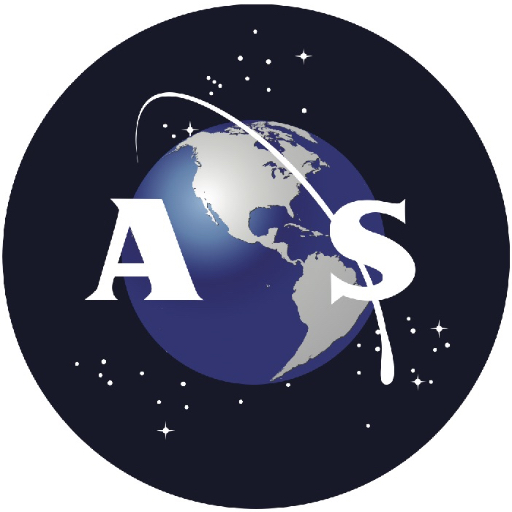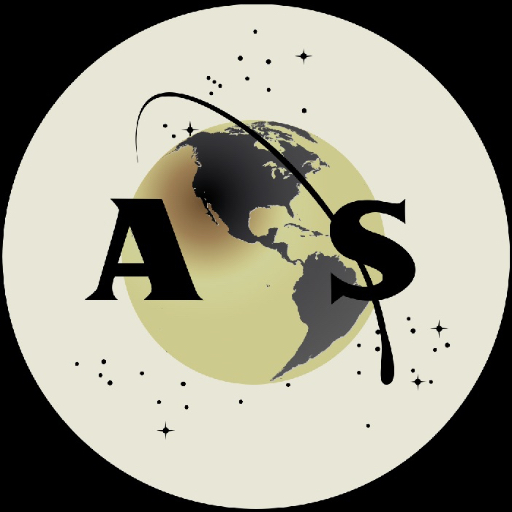
The first extraterrestrial mining project will be announced today as part of a new commercial space company, Planetary Resources Inc. (PRI).
With lunar and asteroid mining a strong new topic of interest, the high resolution mapping capabilities of spacecraft like NASA’s Lunar Reconnaissance Orbiter (LRO) are of increased importance.
This is especially so because LRO is carrying several sensors specifically devoted to collecting data for future man tended robotic lunar surface mining operations. This data will be equally useful to asteroid mining operations because it too involves working in a vacuum.

Lead billionaire investors include Larry Page, Goggle’s chief executive; Eric Schmidt, the company’s executive chairman, along with cinematographer/explorer James Cameron.
Investors and advisers also include former Microsoft Corp. executive Charles Simonyi, who has made two Soyuz trips into space; Ram Shriram, a Google director and venture capitalist, and Ross Perot Jr., son of the Texas billionaire and former presidential candidate Ross Perot.
Former NASA Mars mission manager Chris Lewicki is the company’s president and chief engineer.
New details are expected late Apr. 24 on the Planetary Resources project being officially announced at Seattle’s Museum of Flight.

Lunar and asteroid mining exploration picks up where pure exploration has already opened new vistas much like the Apollo manned lunar flights and many more U. S. and Russian unmanned missions to the Moon have done. LRO is an excellent transition point between the two.
LRO is also, in effect, bringing historic Soviet Moon missions back to life as a wave of new lunar surface missions is in development in U. S. commercial industry as well as by the governments of China, Russia and India.
One of the biggest finds of LRO’s three years in lunar orbit is the discovery of the missing Lunokhod-1, the first robotic Moon rover. It was finally pinpointed in the center of the giant Imbrium Basin after 42 years on the surface of the Moon.

The discovery will finally enable Earth based lasers to use it as a target for ongoing geodetic and gravity measurements studies, including the validation of theories proposed by Albert Einstein.
The laser system at Apache Point Observatory, New Mexico has begun firing on Lunokhod 1 and receiving laser returns from its retro reflectors.
Because of its location away from the Apollo retro reflectors and Lunokhod 2, the discovery of Lunokhod 1 is especially important for lunar geophysical studies.

LRO is circling the Moon at altitudes as low as 15-18 mi. with extremely high resolution cameras derived from reconnaissance satellite technology.
In addition to LRO’s primary mission to image lunar geology and mineral resources, its cameras are also trying to document all of the U. S. manned and American and Soviet unmanned spacecraft that soft landed on the Moon during the “Space Race” and the ongoing Cold War thereafter.
Between September, 1958 and August, 1976 the Soviets launched 61 Moon missions from the Tyuratam launch site in Kazakhstan, now known as the Baikonur Cosmodrome. Only 17 or 28% of these missions were successful, the rest failed due to booster malfunctions or diverse spacecraft problems.
Of all the missions, it took the Russians 11 launches before they finally succeeded in a soft lunar landing by Luna 9 in January, 1966. That spacecraft and then Luna 13 that also succeeded were cushioned by canvas air bags.
It took another 11 tries launched by large Proton boosters before the first unmanned lunar sample return was achieved by Luna 16 in Sept. 1970.
The Russians had much better success with the two successful Lunokhod lunar rover spacecraft launched in 1970 and 1973.

The first Lunokhod success came after only 1 or 2 two failures of these large and complex spacecraft carried piggyback on their dual ramp equipped landers with their own Luna spacecraft designation.
After landing the Lunokhod-1 rover was tracked for a short period during the mission 42 years ago then lost in the Imbrium Basin, the giant lava plane that as viewed from Earth makes up the left eye of the “Man in the Moon” (His right eye if real).
Both the Lunokhod 1 and 2 landers and rovers have been imaged by LRO, but the discovery of the first spacecraft is the most important because its exact location was not known for laser studies.

LRO imaged from space the Lunokhod 1 rover 6.5 mi. away from the from the Luna 17 lander. The navigation system on LRO marked the spot and radioed the coordinates to Earth. The data are accurate enough to enable Earth based laser ranging on the Lunokhod reflectors is in the open roof of the of the rover.

The Lunokhod 1 spacecraft traveled a total of 6.5 mi. across the Imbrium Basin. Its payload consisted of a suite of television cameras, a cone penetrometer to determine physical properties of the regolith, and an X-ray spectrometer to determine the chemistry of the regolith. An X-ray telescope and cosmic ray detector were also part of the payload.





One Comment
One Ping
Pingback:Wednesday / 25 April 2012 | Lunar Enterprise Daily